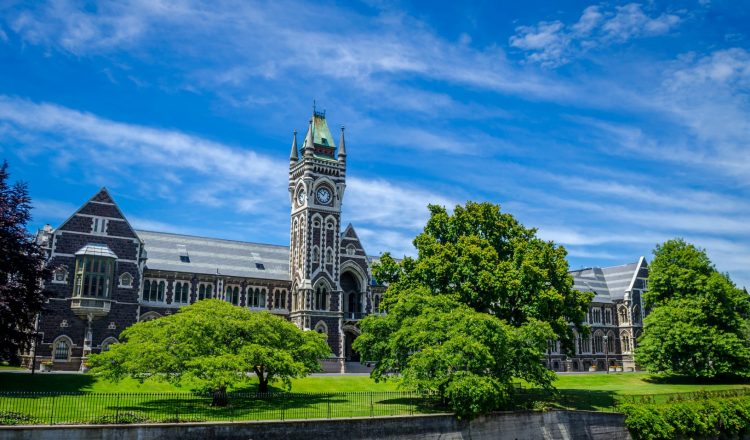| 1学期 |
|
| 週数 |
10-11週 |
| 学期開始日および終了日 |
最も早くて2月1日(月)、遅くて2月9日(火) 〜 4月16日(金)まで |
| 祝祭日 |
ワイタンギ・デー(祝日の振替休日) – 2月8日(月)、イースター聖金曜日- 4月2日、イースターマンデー – 4月5日、イースターチューズデー – 4月6日(スクールホリデー) |
| スクールホリデー |
4月17日(土)〜 5月2日(日)
(4月25日のアンザック・デーを含む) |
| 2学期 |
|
| 週数 |
10週 |
| 学期開始日および終了日 |
5月3日(月) 〜 7月9日(金) |
| 祝祭日 |
女王陛下の誕生日(Queen’s Birthday) – 6月7日(月) |
| スクールホリデー |
7月10日(土) 〜 7月25日(日) |
| 3学期 |
|
| 週数 |
10週 |
| 学期開始日および終了日 |
7月26日(月) 〜 10月1日(金) |
| 祝祭日 |
なし |
| スクールホリデー |
10月2日(土) 〜 10月17日(日) |
| 4学期 |
|
| 週数 |
最大10週 |
| 学期開始日および終了日 |
10月18日(月) 〜 12月20日(月)までにすべての学校が終了* |
| 祝祭日 |
レイバー・デー(労働者の日) – 10月25日(月)、クリスマス – 12月25日(土)、ボクシングデー – 12月26日(日))、元旦 – 2022年1月1日(土) |
| スクールホリデー |
5~6週間(学校の閉校日から翌年の開校日まで) |

















































